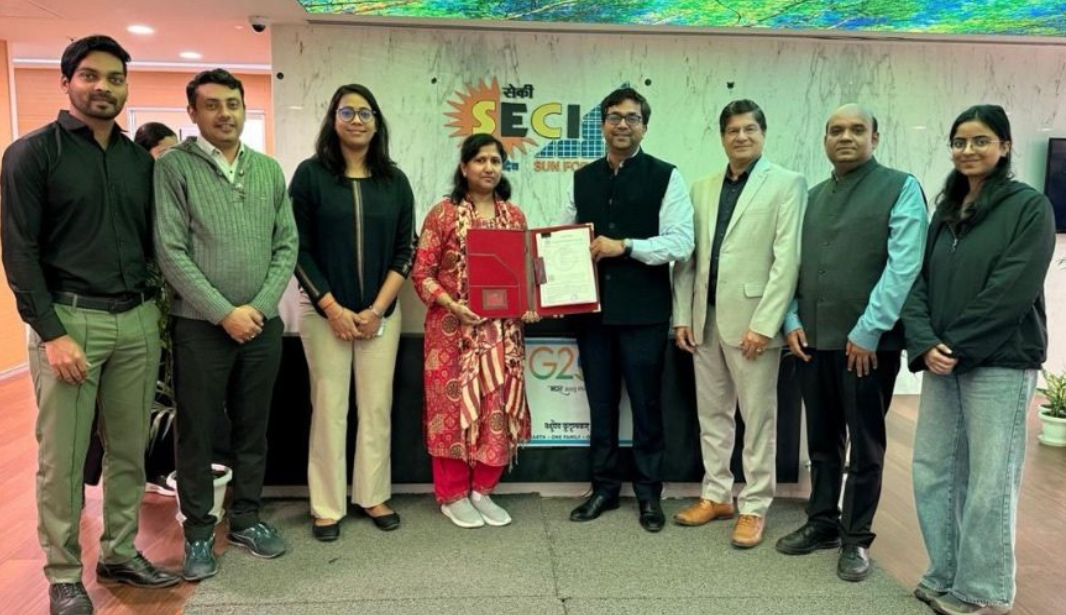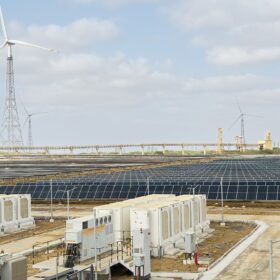India could attract $4.1 trillion in green investments and create 48 million full-time equivalent (FTE) jobs by 2047, according to a new study by the Council on Energy, Environment and Water (CEEW). The analysis also projects an annual green market worth $1.1 trillion by 2047, driven by 36 green value chains across the energy transition, circular economy, and bio-economy and nature-based solutions.
Nearly 92% of required investments—about $3.79 trillion—would flow into the energy transition, across renewable energy, storage, clean mobility and green hydrogen. These sectors, while highly capital-intensive, would create a significant share of high-skilled jobs.
The study highlights that India’s green economy extends beyond solar and EVs to a far broader spectrum spanning bio-based materials, agroforestry, green construction, sustainable tourism, circular manufacturing, waste-to-value industries and nature-based livelihoods.
The report was released alongside the launch of the Green Economy Council (GEC) chaired by Amitabh Kant, former CEO, NITI Aayog, who emphasised that India must “pole-vault into a green economy.
As per the report, energy transition could generate $581.5 billion annual market opportunity and 16.6 million jobs by 2047 with electric mobility alone accounting for 57% of energy-transition jobs.
Bio-economy & nature-based solutions could unlock $415 billion in annual market value and create 23 million jobs by 2047. Major contributors within this segment include chemical-free agriculture and bio-inputs, agroforestry and sustainable forest management, and wetland management.
Circular economy could generate $132 billion in annual economic output and create 8.4 million FTE jobs by 2047 across waste collection, recycling, repair, refurbishment and material recovery. Of these, 7.6 million FTE jobs would arise from waste-related activities, including roles in collection, sorting, aggregation, recycling operations, and last-mile resource recovery.
Most of these represent net new green jobs, particularly in the bio-economy and rural nature-based sectors, while the energy-transition and circular-economy value chains combine new opportunities with transition roles from existing industries.
The CEEW study also lists significant challenges: lowering capital costs for early-stage sectors, improving supply chains for raw and recycled materials, strengthening R&D and innovation, building a technically skilled workforce, and establishing trusted product standards for emerging green technologies. It states that coordinated action across ministries, state governments, industries, finance and local institutions will be essential to integrate green value chains into mainstream economic planning.
The analysis emphasises that women’s participation is pivotal to India’s green economic transformation, and recommends gender-responsive skilling, safer mobility for remote worksites, improved wage structures and dedicated financial instruments for women-led green enterprises.
This content is protected by copyright and may not be reused. If you want to cooperate with us and would like to reuse some of our content, please contact: editors@pv-magazine.com.









By submitting this form you agree to pv magazine using your data for the purposes of publishing your comment.
Your personal data will only be disclosed or otherwise transmitted to third parties for the purposes of spam filtering or if this is necessary for technical maintenance of the website. Any other transfer to third parties will not take place unless this is justified on the basis of applicable data protection regulations or if pv magazine is legally obliged to do so.
You may revoke this consent at any time with effect for the future, in which case your personal data will be deleted immediately. Otherwise, your data will be deleted if pv magazine has processed your request or the purpose of data storage is fulfilled.
Further information on data privacy can be found in our Data Protection Policy.